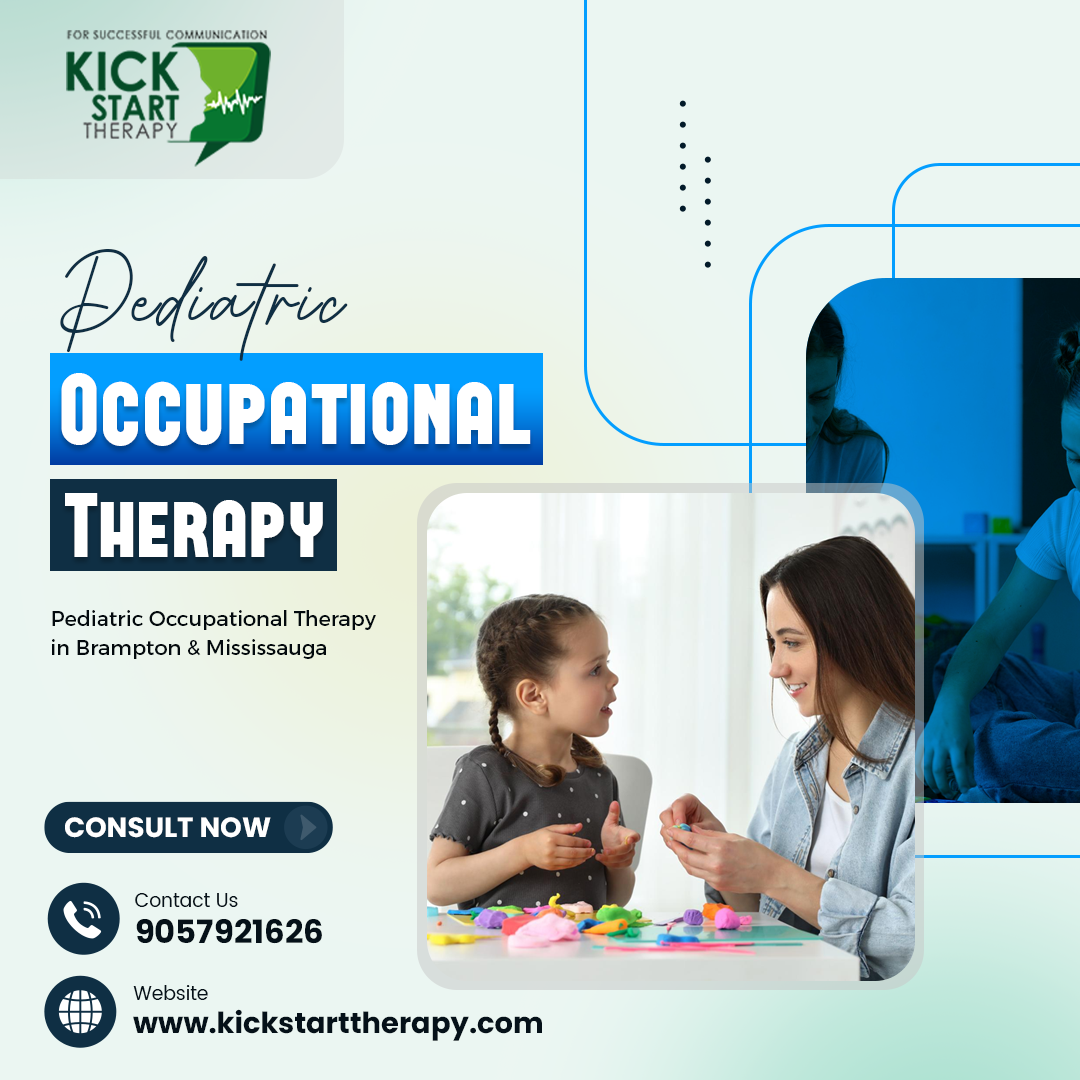Understanding Pediatric Occupational Therapy
Children face various developmental challenges that can impact their ability to perform everyday activities. Pediatric occupational therapy is designed to help children improve motor skills, coordination, cognitive abilities, and social interaction, enabling them to lead independent and fulfilling lives.
Why Pediatric Occupational Therapy is Important
Every child deserves the opportunity to reach their full potential. Pediatric occupational therapists work with children who struggle with tasks such as:
-
Holding a pencil and writing
-
Tying shoelaces
-
Buttoning a shirt
-
Playing with peers
-
Managing sensory sensitivities
These challenges may stem from conditions such as autism, ADHD, cerebral palsy, Down syndrome, or developmental delays. Therapy focuses on strengthening the skills necessary for everyday activities, boosting confidence and independence.
Key Benefits of Pediatric Occupational Therapy
1. Enhancing Motor Skills
Children with motor delays often struggle with coordination and balance. Occupational therapists use exercises and play-based interventions to improve fine and gross motor skills. Activities like playing with clay, using scissors, and balance exercises help develop better hand-eye coordination.
2. Improving Sensory Processing
Some children experience sensory processing difficulties, making them highly sensitive or under-responsive to stimuli. Therapy helps children regulate their responses to sensory input, allowing them to function more comfortably in various environments.
3. Encouraging Independence
Learning how to dress, eat, and perform self-care routines independently is a crucial milestone in every child’s development. Occupational therapy provides structured support to teach these skills effectively.
4. Boosting Social and Emotional Skills
Children who struggle with social interaction can benefit from occupational therapy. By practicing role-playing, structured play, and guided activities, they learn how to communicate effectively, build friendships, and express emotions appropriately.
Common Techniques Used in Pediatric Occupational Therapy
Therapists use various techniques tailored to each child's needs. Some commonly used approaches include:
-
Sensory Integration Therapy – Helps children process sensory information effectively.
-
Handwriting Exercises – Supports better grip and letter formation.
-
Play Therapy – Encourages learning through fun and engaging activities.
-
Fine Motor Skill Development – Improves dexterity and hand control.
-
Behavioral Therapy – Helps manage attention-related difficulties and self-regulation.
Who Can Benefit from Pediatric Occupational Therapy?
Pediatric occupational therapy is beneficial for children with:
-
Autism Spectrum Disorder (ASD)
-
ADHD
-
Sensory Processing Disorder
-
Developmental Coordination Disorder
-
Speech and Language Delays
-
Learning Disabilities
-
Behavioral Issues
If your child struggles with daily tasks, seeking early intervention can make a significant difference in their growth and development.
What to Expect in a Therapy Session?
Each therapy session is customized based on the child’s specific needs. Initially, an assessment is conducted to evaluate their strengths and challenges. Then, the therapist designs a structured program that includes:
-
Fun and engaging exercises
-
Parental guidance for home-based activities
-
Progress tracking to monitor improvements
The Role of Parents in Therapy
Parents play a crucial role in a child's progress. Working closely with therapists, they can:
-
Reinforce learned skills at home
-
Create a supportive environment for their child
-
Encourage practice through daily routines
Conclusion
Pediatric occupational therapy is a life-changing intervention that helps children develop essential skills for a brighter future. Whether your child has developmental delays or struggles with daily activities, occupational therapy provides the support they need to thrive. Early intervention is key, and with the right guidance, every child can unlock their potential.

